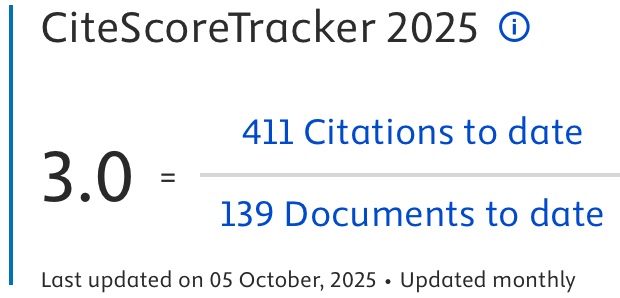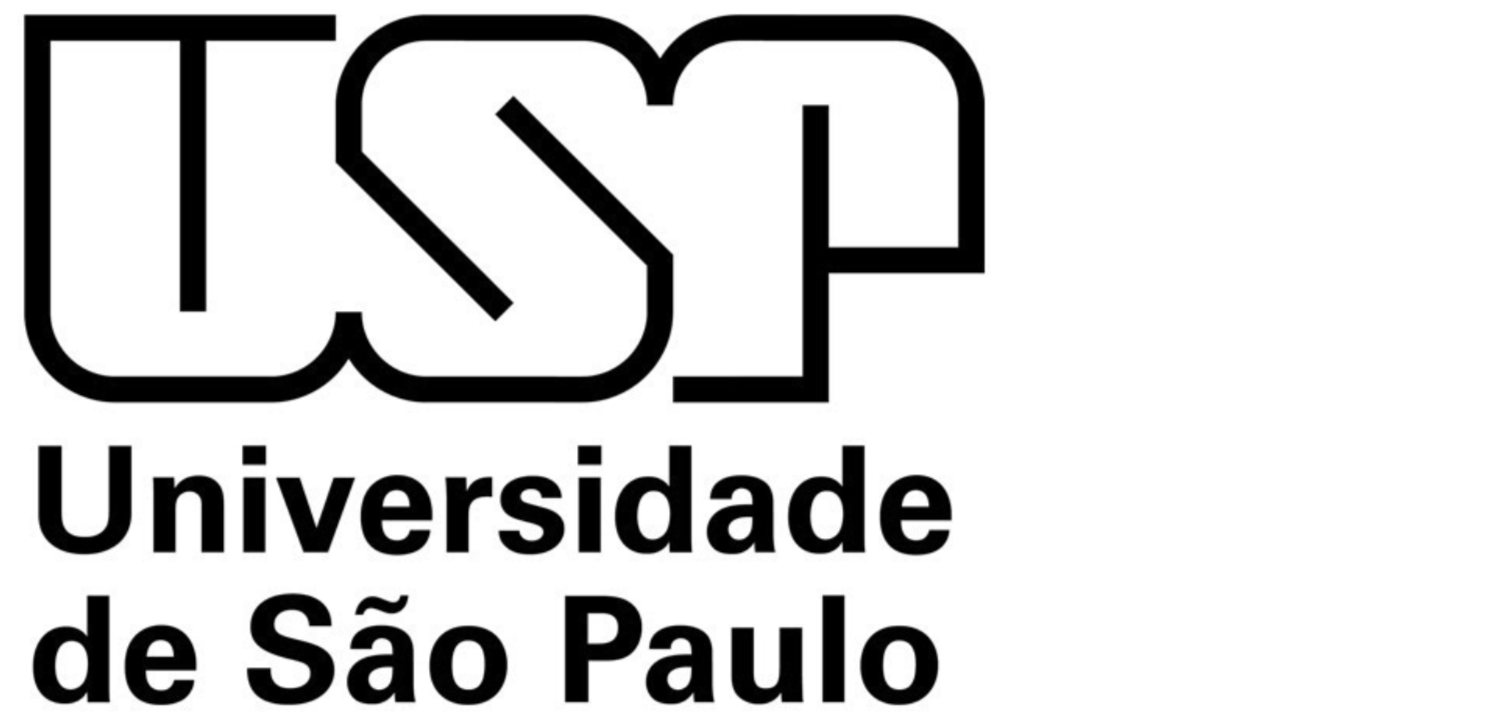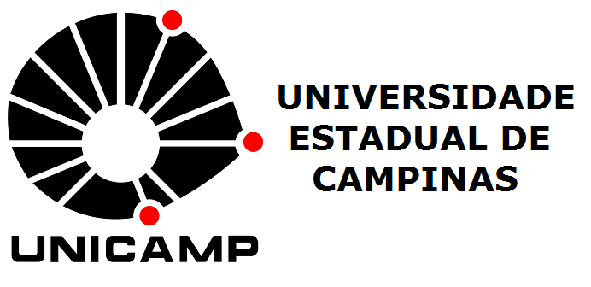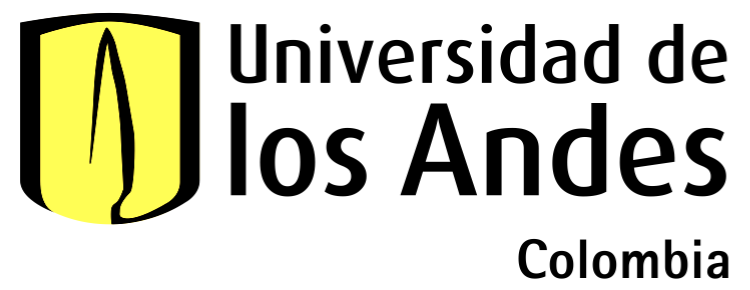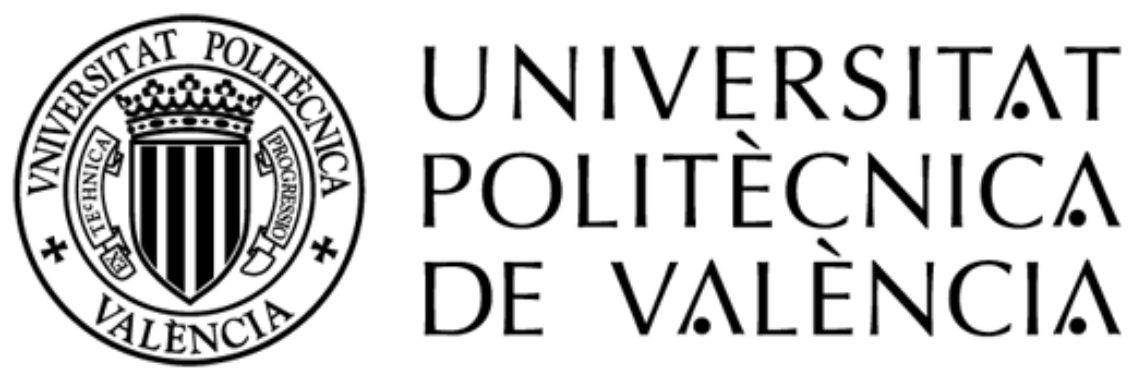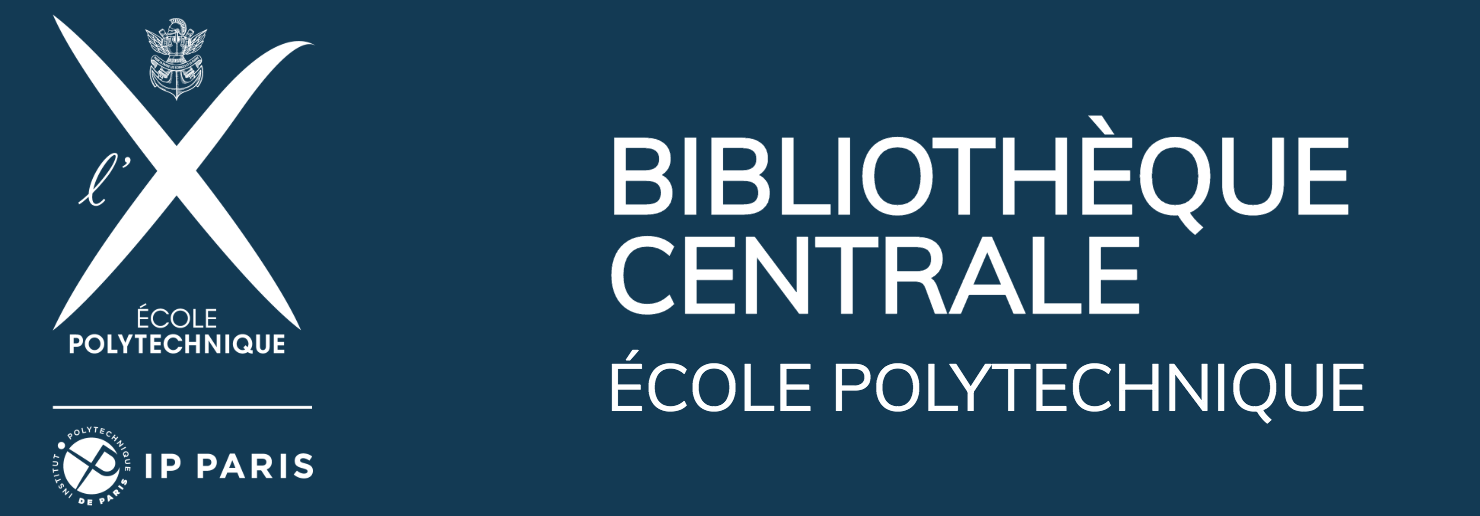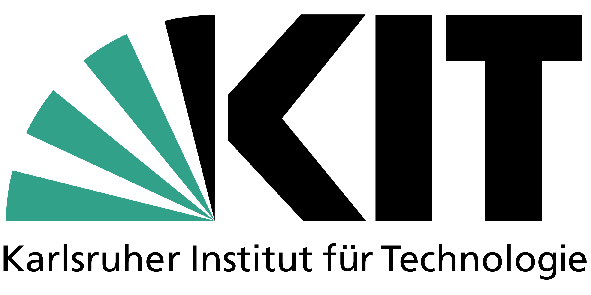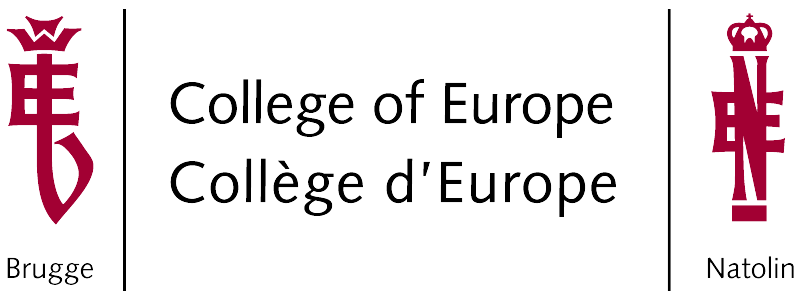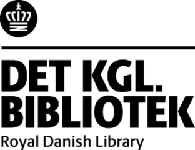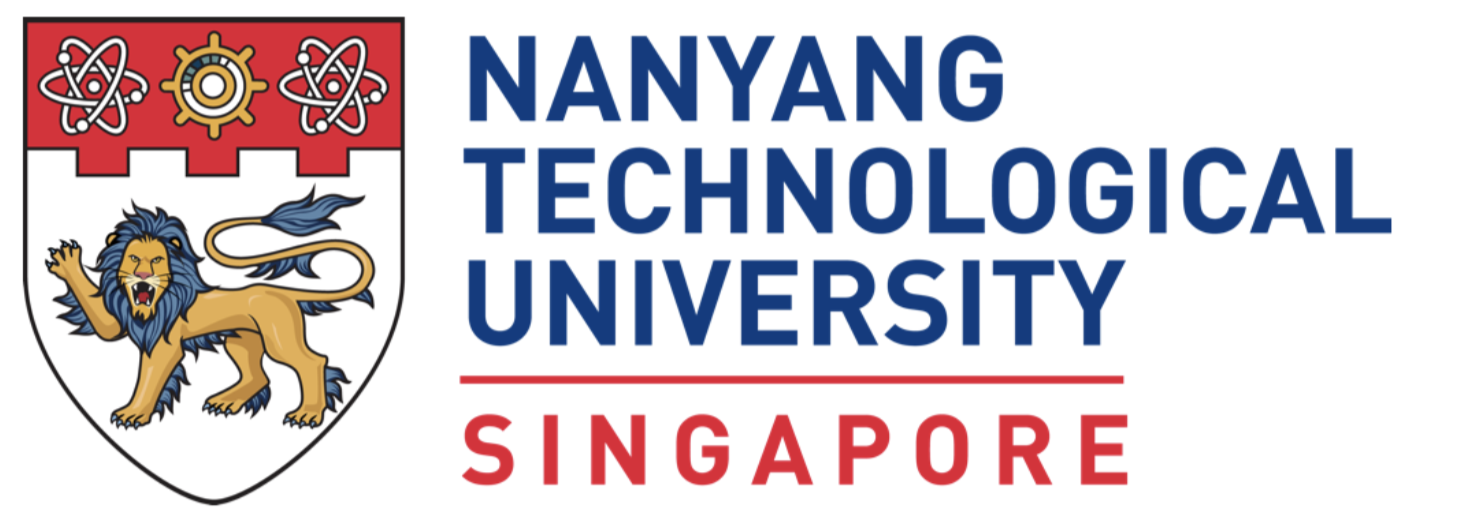Parametrictectura – A rural parametric design to enhance prefabrication and self-construction methods in Latin America
DOI:
https://doi.org/10.69143/2464-9309/17202025Keywords:
parametric design, modular construction, self-construction, DIY practices, affordable architectureAbstract
The demand for affordable housing in rural areas in Latin America faces continuous challenges like resource scarcity and high costs. Traditional building methods often fail due to inefficiencies and inflexibility connected to the lack of infrastructure and economic investments in apart and disconnected areas. This research aims to create alternative rural housing in Latin America by developing a scalable and replicable housing model combining modular prefabrication and participatory self-construction. The goals include reducing construction time and resource use, enhancing quality and empowering users by involving them in the building process. The system comprises three modular subsystems produced through digital fabrication, ensuring precision, minimal waste, and optimal material use. Preliminary prototypes show reduced costs and faster construction while maintaining high quality. By reducing material waste and energy consumption, the project aligns with SDGs, benefiting rural communities.
Article info
Received: 16/03/2025; Revised: 24/04/2025; Accepted: 02/05/2025
Downloads
Article Metrics Graph
References
Ashby, M. F. (2013) “Sustainability – Living within our means”, in Ashby, M. F. (ed.), Materials and the environment, Butterworth-Heinemann, pp. 319-347. [Online] Available at: doi.org/10.1016/B978-0-12-385971-6.00011-7 [Accessed 24 April 2025].
Ben Mahmoud-Jouini, S. and Lenfle, S. (2010), “Platform re‐use lessons from the automotive industry”, in International Journal of Operations & Production Management, vol. 30, issue 1, pp. 98-124. [Online] Available at: doi.org/10.1108/01443571011012398 [Accessed 24 April 2025].
Bean, J. and Rosner, D. (2012), “Old hat – Craft versus design?”, in Interactions, vol. 19, issue 1, pp. 86-88. [Online] Available at: doi.org/10.1145/2065327.2065344 [Accessed 24 April 2025].
Binder, T. and Brandt, E. (2008), “The Design:Lab as platform in participatory design research”, in CoDesign | International Journal of CoCreation in Design and the Arts, vol. 4, issue 2, pp. 115-129. [Online] Available at: doi.org/10.1080/15710880802117113 [Accessed 24 April 2025].
Boafo, F. E., Kim, J.-H. and Kim, J.-T. (2016), “Performance of Modular Prefabricated Architecture – Case Study-Based Review and Future Pathways”, in Sustainability, vol. 8, issue 6, article 558, pp. 1-16. [Online] Available at: doi.org/10.3390/su8060558 [Accessed 24 April 2025].
Celani, G. (2016), “Changing the Architectural Production Chain in Latin America with the introduction of New Technologies”, in Materia Arquitectura, vol. 13, pp. 118-121. [Online] Available at: materiaarquitectura.com/index.php/MA/article/view/58 [Accessed 24 April 2025].
CEMEX México and Universidad Nacional Autónoma de México (2005), Manual de autoconstrucción y mejoramiento de vivienda, CEMEX, Ciudad de México. [Online] Available at: ingenieria.unam.mx/pdf/manual_autoconstruccion.pdf [Accessed 24 April 2025].
Chapman, J. (2015), Emotionally durable design – Objects, experiences and empathy, Routledge.
Chiu, S. T.-L. (2012), An analysis on – The potential of prefabricated construction industry, report submitted in partial fulfillment of the requirements for the degree of Bachelor of Science in Wood Products Processing in the Faculty of Forestry, University of British Columbia, WOOD 493. [Online] Available at: hdl.handle.net/2429/42792 [Accessed 24 April 2025].
Daheshpour, K. and Herbert, S. (2018), Infrastructure project failures in Colombia, The Institute of Development Studies and Partner Organisations. [Online] Available at: hdl.handle.net/20.500.12413/14073 [Accessed 24 April 2025].
Davies, C. (2005), The prefabricated home, Reaktion Books, London.
Di Virgilio, N. (2023), “Fare molto con poco – Un’architettura modulare a partire da Walter Segal | Making a lot with little – Modular architecture, starting with Walter Segal”, in Agathón | International Journal of Architecture, Art and Design, vol. 14, pp. 164-173. [Online] Available at: doi.org/10.19229/2464-9309/14132023 [Accessed 24 April 2025]
DANE – Departamento Administrativo Nacional de Estadística (2023), Proyecciones de población y vivienda en Colombia. [Online] Available at: dane.gov.co/index.php/estadisticas-por-tema/demografia-y-poblacion/proyecciones-de-poblacion [Accessed 24 April 2025].
Díez, T. (ed.) (2018), Fab City – The mass distribution of (almost) everything, IAAC – Fab Lab Barcelona, Barcelona. [Online] Available at: fablabbcn.org/wp-content/uploads/2020/09/Fab-City-The-Mass-Distribution-of-Almost-Everything.pdf [Accessed 24 April 2025].
DNP – Departamento Nacional de Planeaciòn (2015), Misión para la Transformación del Campo – Informe – Mejoramiento de las Condiciones de Habitabilidad en el Campo. [Online] Available at: colaboracion.dnp. gov.co/CDT/Agriculturapecuarioforestal%20y%20pesca/Pol%C3%ADtica% 20de%20Mejoramiento%20de%20las%20Condiciones%20de%20 Habitabilidad%20en%20el%20Campo.pdf [Accessed 24 April 2025].
ECLAC – Economic Commission for Latin America and the Caribbean (2022), Social Panorama of Latin America and the Caribbean 2022 – Transforming education as a basis for sustainable development. [Online] Available at: cepal.org/en/publications/48519-social-panorama-latin-america-and-caribbean-2022-transforming-education-basis [Accessed 24 April 2025].
Edwards, C. (2006), “Home is where the art is – Women, handicrafts, and home improvements 1750-1900”, in Journal of Design History, vol. 19, issue 1, pp. 11-21. [Online] Available at: doi.org/10.1093/jdh/epk002 [Accessed 24 April 2025].
Hamiduddin, I. and Gallent, N. (2015), “Self-build communities – The rationale and experiences of group-build (Baugruppen) housing development in Germany”, in Housing Studies, vol. 31, issue 4, pp. 365-383. [Online] Available at: doi.org/10.1080/02673037.2015.1091920 [Accessed 24 April 2025].
Ibañez, D., Guallart, V. and Salka, M. (2022), “La prototipizzazione pedagogica di edifici ecologici avanzati e biocittà presso il Valldaura Labs | On pedagogical prototyping of advanced ecological buildings and biocities at Valldaura Labs”, in Agathón | International Journal of Architecture, Art and Design, vol. 11, pp. 136-149. [Online] Available at: doi.org/10.19229/2464-9309/11122022 [Accessed 24 April 2025].
Inter American Development Bank (2012), Room for Development – Housing Markets in Latin America and the Caribbean – Summary. [Online] Available at: doi.org/10.18235/0012554 [Accessed 24 April 2025].
Krishnan, V. and Gupta, S. (2001), “Appropriateness and impact of platform-based product development”, in Management Science, vol. 47, issue 1, pp. 52-68. [Online] Available at: dl.acm.org/doi/abs/10.5555/2789870.2789875 [Accessed 24 April 2025].
Kolarevic, B. (2001), “Designing and Manufacturing Architecture in the Digital Age”, in 19th eCAADe – Proceedings of the International Conference on Education and Research in Computer Aided Architectural Design in Europe, Helsinki (Finland) 29-31 August 2001, pp. 117-123. [Online] Available at: doi.org/10.52842/conf.ecaade.2001.117 [Accessed 24 April 2025].
Lukens, J. (2013), DIY Infrastructure, Doctoral dissertation, PhD in Digital Media, Georgia Institute of Technology, Atlanta. [Online] Available at: repository.gatech.edu/entities/publication/e108d0c6-58dc-421d-8184-16ae2b6db1b5/full [Accessed 21 April 2025].
Luther, M. B. (2009), “Towards prefabricated sustainable housing – An introduction”, in Environment Design Guide, August 2009, pp. 1-11. [Online] Available at: jstor.org/stable/26151879 [Accessed 24 April 2025].
Manzini, E. (2015), Design, when everybody designs – An introduction to design for social innovation, The MIT Press. [Online] Available at: doi.org/10.7551/mitpress/9873.001.0001 [Accessed 24 April 2025].
Nishimura, T. (2015), “Chipboard, oriented strand board (OSB) and structural composite lumber”, in Ansell, M. P. (ed.), Wood composites, Woodhead Publishing, pp. 103-121. [Online] Available at: doi.org/10.1016/B978-1-78242-454-3.00006-8 [Accessed 24 April 2025].
Obremski, H. and Carter, C. (2019), “Can self-build housing improve social sustainability within low-income groups?”, in Town Planning Review, vol. 90, issue 2, pp. 167-193. [Online] Available at: doi.org/10.3828/tpr.2019.12 [Accessed 24 April 2025].
Ostuzzi, F. and Rognoli, V. (2019), “Open-ended design – Local re-appropriations through imperfection”, in Ambrosio, M. and Vezzoli, C. (eds), Designing sustainability for all – Proceedings of the 3rd LeNS World Distributed Conference, Volume 3, Milan, Italy, April 3-5, 2019, POLI.DESIGN, Milano, pp. 868-873. [Online] Available at: hdl.handle.net/1854/LU-8629330 [Accessed 24 April 2025].
Parvin, A. (2013), Architecture for the people by the people. [Online] Available at: ted.com/talks/alastair_parvin_architecture_for_the_people_by_the_people [Accessed 24 April 2025].
Pone, S. (2022), “Maker – Il ritorno dei costruttori – Una possibile transizione digitale per l’Architettura | Maker – The return of the builders – A possible digital transition for Architecture”, in Agathón | International Journal of Architecture, Art and Design, vol. 12, pp. 14-23. [Online] Available at: doi.org/10.19229/2464-9309/1212022 [Accessed 24 April 2025].
Romano, R. and Di Monte, E. (2023), “Moduli nearly Zero Energy – Modelli abitativi a basso impatto ambientale per la città del futuro | nearly Zero Energy Modules – Low-impact modular housing models for the city of the future”, in Agathón | International Journal of Architecture, Art and Design, vol. 14, pp. 250-263. [Online] Available at: doi.org/10.19229/2464-9309/14212023 [Accessed 24 April 2025].
Salazar, G. S. (2016), “El conflicto armado y su incidencia en la configuración territorial – Reflexiones desde la ciencia geográfica para la consolidación de un periodo de pos negociación del conflicto armado en Colombia”, in Bitácora Urbano Territorial, vol. 26, issue 2, pp. 45-57. [Online] Available at: revistas.unal.edu.co/index.php/bitacora/article/view/57605/0 [Accessed 24 April 2025].
Sass, L. (2008), Project Summary – Digitally fabricated housing for New Orleans. [Online] Available at: ddf.mit.edu/project-summary-2/ [Accessed 24 April 2025].
Steinhardt, D., Manley, K., Bildsten, L. and Widen, K. (2019), “The structure of emergent prefabricated housing industries – A comparative case study of Australia and Sweden”, in Construction Management and Economics, vol. 38, issue 6, pp. 483-501. [Online] Available at: doi.org/10.1080/01446193.2019.1588464 [Accessed 24 April 2025].
Takeishi, A. and Fujimoto, T. (2001), “Modularisation in the auto industry – Interlinked multiple hierarchies of product, production and supplier systems”, in International Journal of Automotive Technology and Management, vol. 1, issue 1, pp. 1-16. [Online] Available at: hdl.handle.net/1721.1/741 [Accessed 24 April 2025].
World Bank (2021), Urbanization and Rural Development in Latin America – A Review of Trends and Policies. [Online] Available at: documents1.worldbank.org/curated/en/886971644211206681/pdf/2021-Results-in-the-Latin-America-and-Caribbean-Region.pdf [Accessed 24 April 2025].
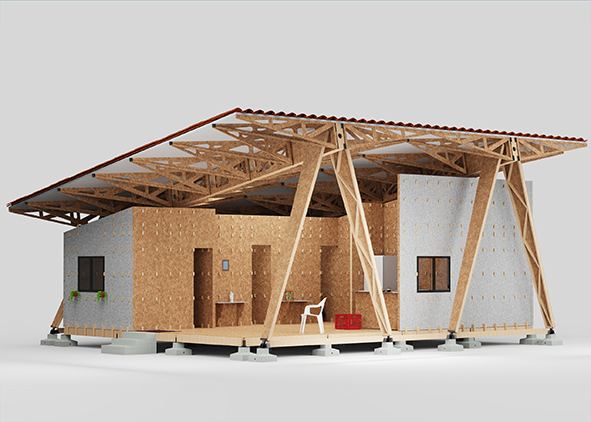
Downloads
Published
How to Cite
Issue
Section
Categories
License
Copyright (c) 2025 Camilo Ayala-Garcia, Diego Alejandro Velandia Rayo, Christiaan Job Nieman Jansen

This work is licensed under a Creative Commons Attribution 4.0 International License.
This Journal is published under Creative Commons Attribution Licence 4.0 (CC-BY).
License scheme | Legal code
This License allows anyone to:
Share: copy and redistribute the material in any medium or format.
Adapt: remix, transform, and build upon the material for any purpose, even commercially.
Under the following terms
Attribution: Users must give appropriate credit, provide a link to the license, and indicate if changes were made; users may do so in any reasonable manner, but not in any way that suggests the licensor endorses them or their use.
No additional restrictions: Users may not apply legal terms or technological measures that legally restrict others from doing anything the license permits.
Notices
Users do not have to comply with the license for elements of the material in the public domain or where your use is permitted by an applicable exception or limitation.
No warranties are given. The license may not give users all of the permissions necessary for their intended use. For example, other rights such as publicity, privacy, or moral rights may limit how you use the material.






